Meat is one of the most consumed foods in the world. The demand for meat has continued to grow over the past few decades. So keeping meat hygienic is of great concern. In the meat processing and sausage production industry, sanitary conditions must be the best, which is the basis to ensure the quality of products. Therefore, all production processes must strictly comply with the meat handling procedures from the cooling area to the packaging area. Especially in the cooling area with low temperature but high humidity, meat is prone to condensation and corrosion. And high humidity can make meat smell so bad it can’t be sold. In addition, meat processing must comply with cold chain rules and other strict hygiene rules. Workers at meat processing plants must wear protective clothing and be disinfected before they can work. During the production process, the factory also needs to be carefully disinfected and cleaned. But don’t overlook the most considerable risk to air quality: humidity. If humidity is not addressed, producers will face huge losses.
Condensation is one of the challenges of meat processing. Condensation occurs when temperatures are low, and humidity is high. In the cold chain, condensation occurs frequently. Because indoor temperatures are low, moisture in the air condenses into water droplets when it comes into contact with cold ceilings and walls. If these droplets fall on packaged meat, bacteria can develop. Also, when meat is packaged, cardboard can absorb moisture and damaged inventory. It reduces the shelf life of meat, which can give off an unpleasant taste.
Alorair dehumidifiers centralize humidity regulation to create a safe environment for meat processing. Because the indoor temperature is low, you cannot lower the humidity by raising the temperature. Therefore, you must install a dehumidifier. Use Alorair dehumidifiers to maintain ideal moisture even at low temperatures.
The benefit of using a dehumidifier in the meat processing industry is the elimination of condensation, and it can also reduce hygiene-related risks. In addition, the dehumidifier can help contain the development of bacteria, speed up the drying of cut surfaces, prevent the growth of odors, prevent personnel from slipping, and rapid drying of the site after cleaning.







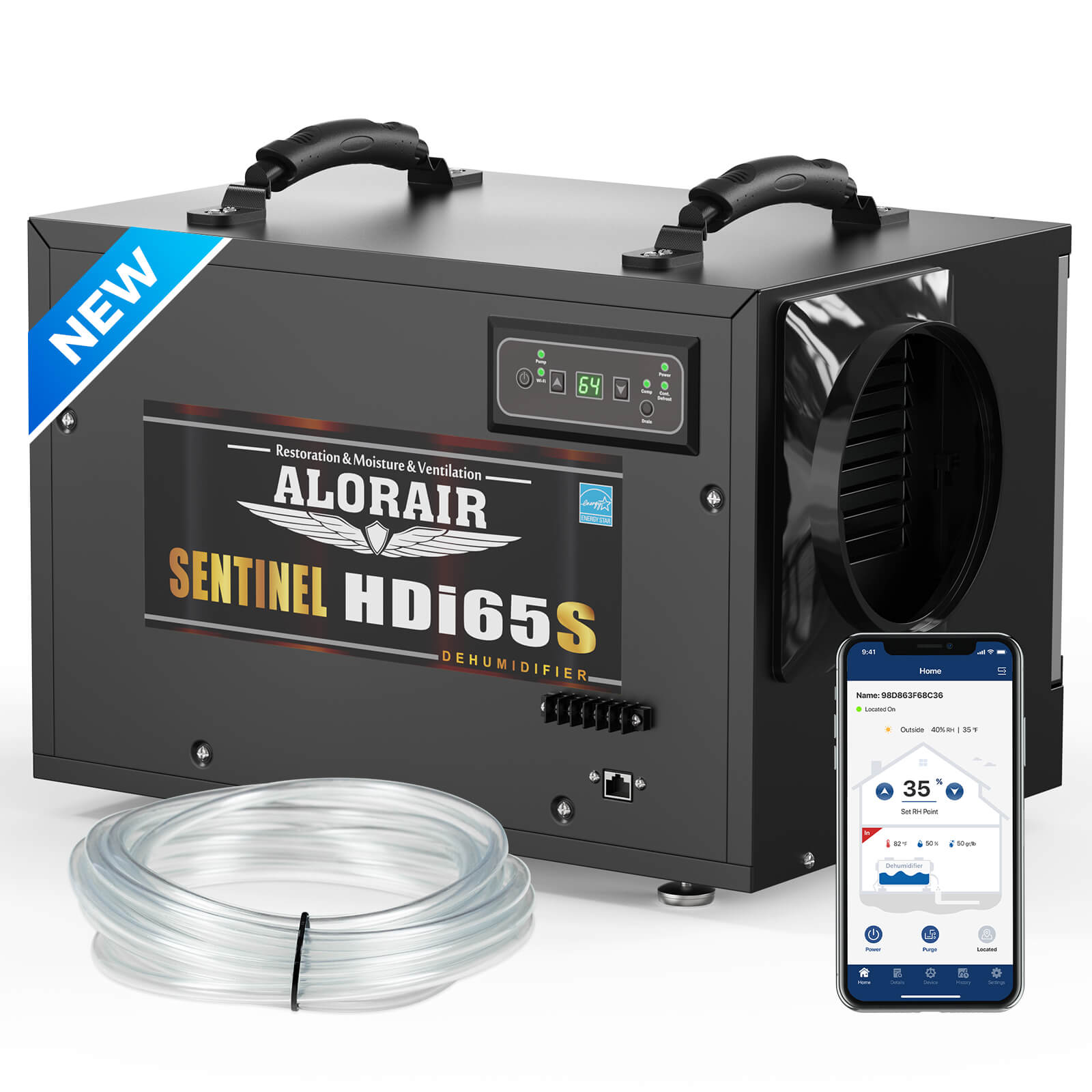
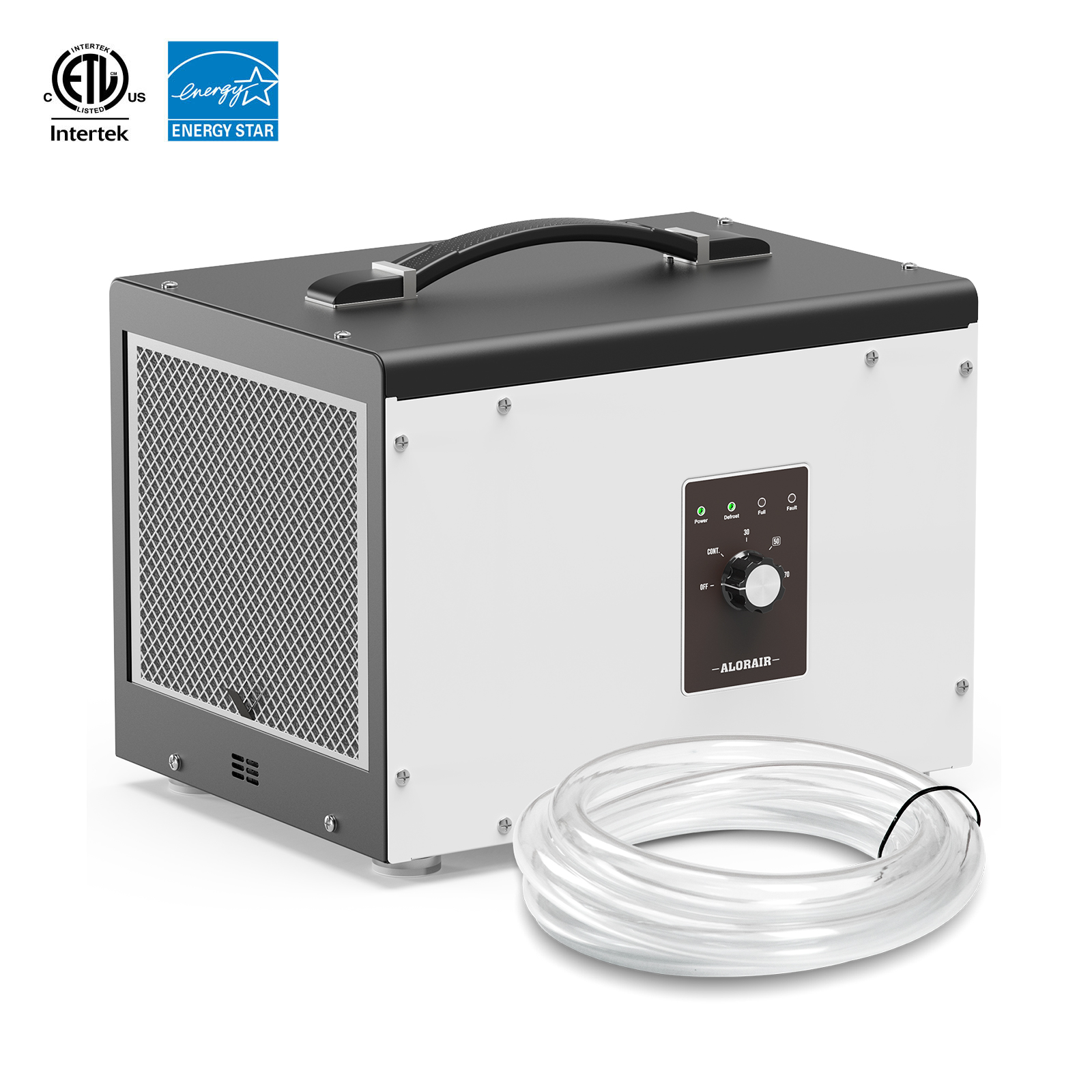
.jpg)
.jpg)

.jpg)
.jpg)
.HDi90.png)
.HD90.png)



.jpg)
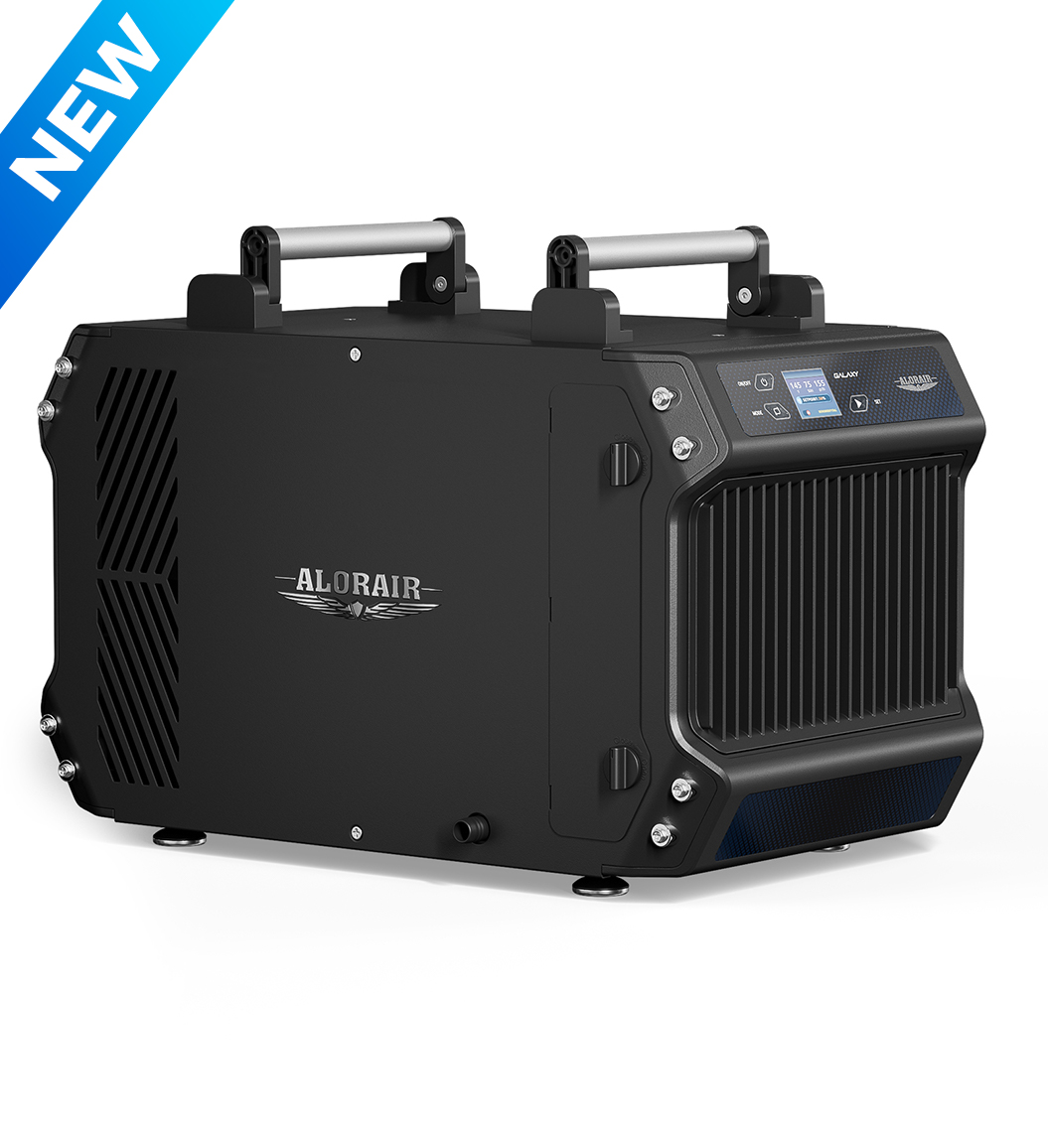
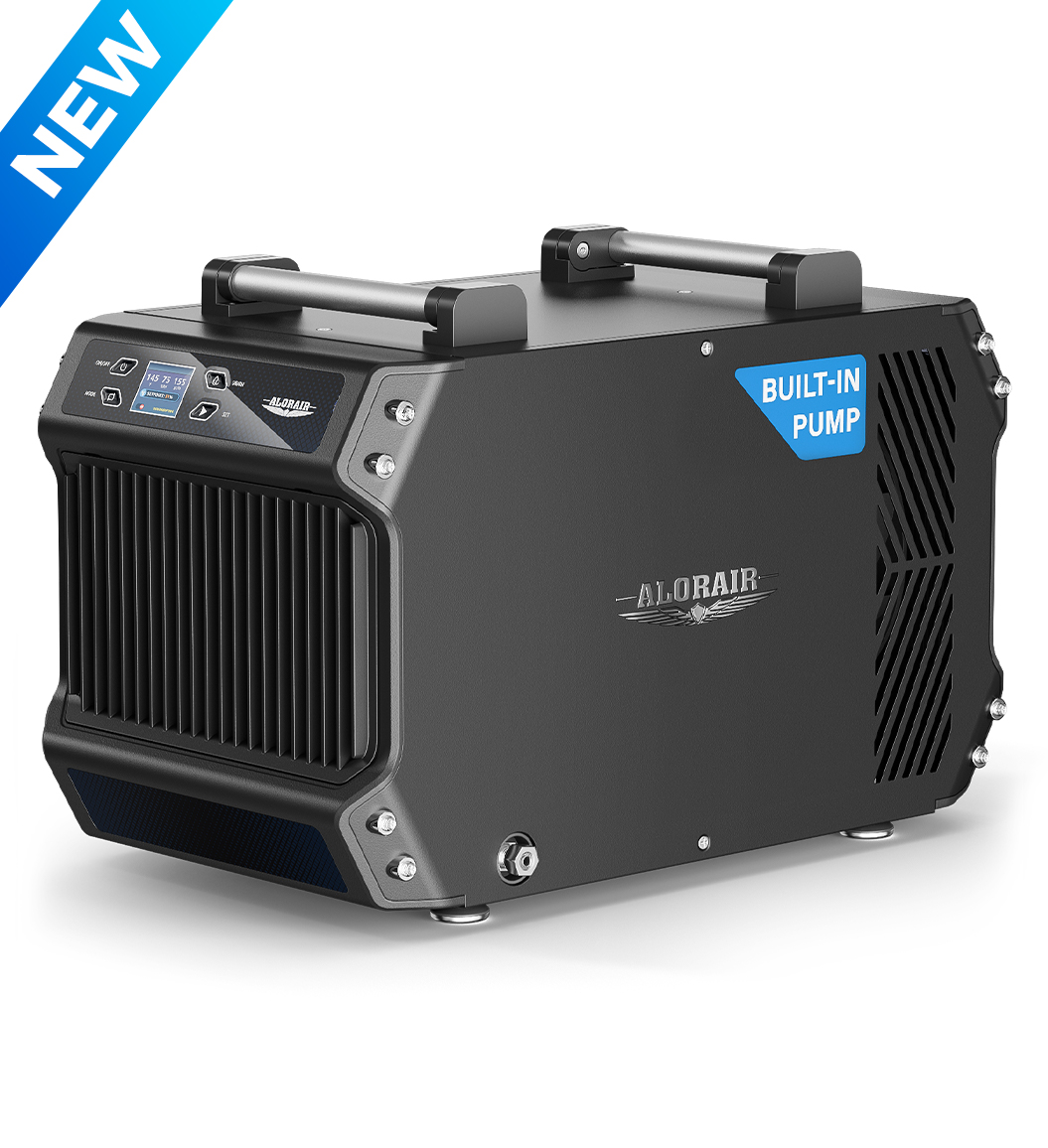




.jpg)
.jpg)
.jpg)
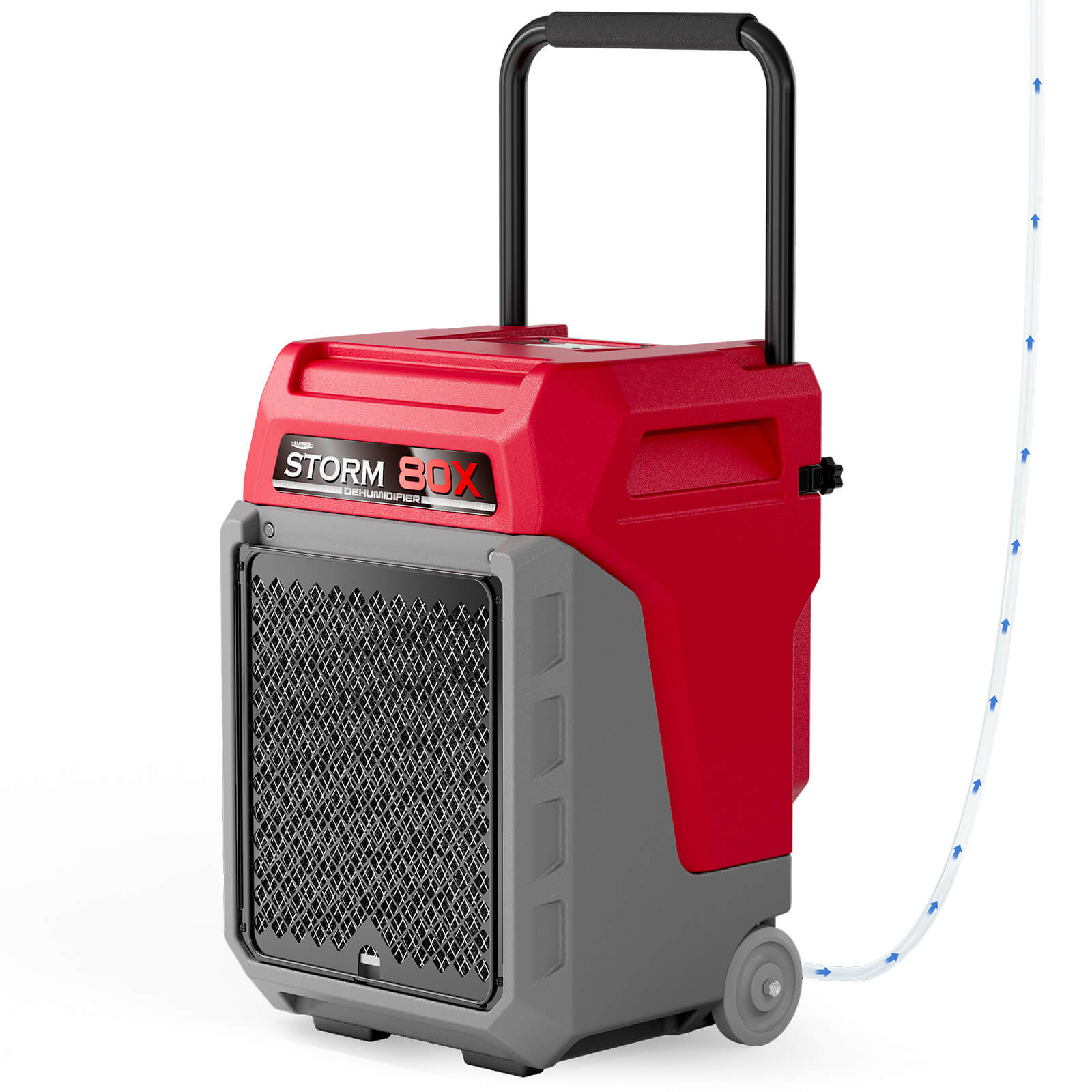


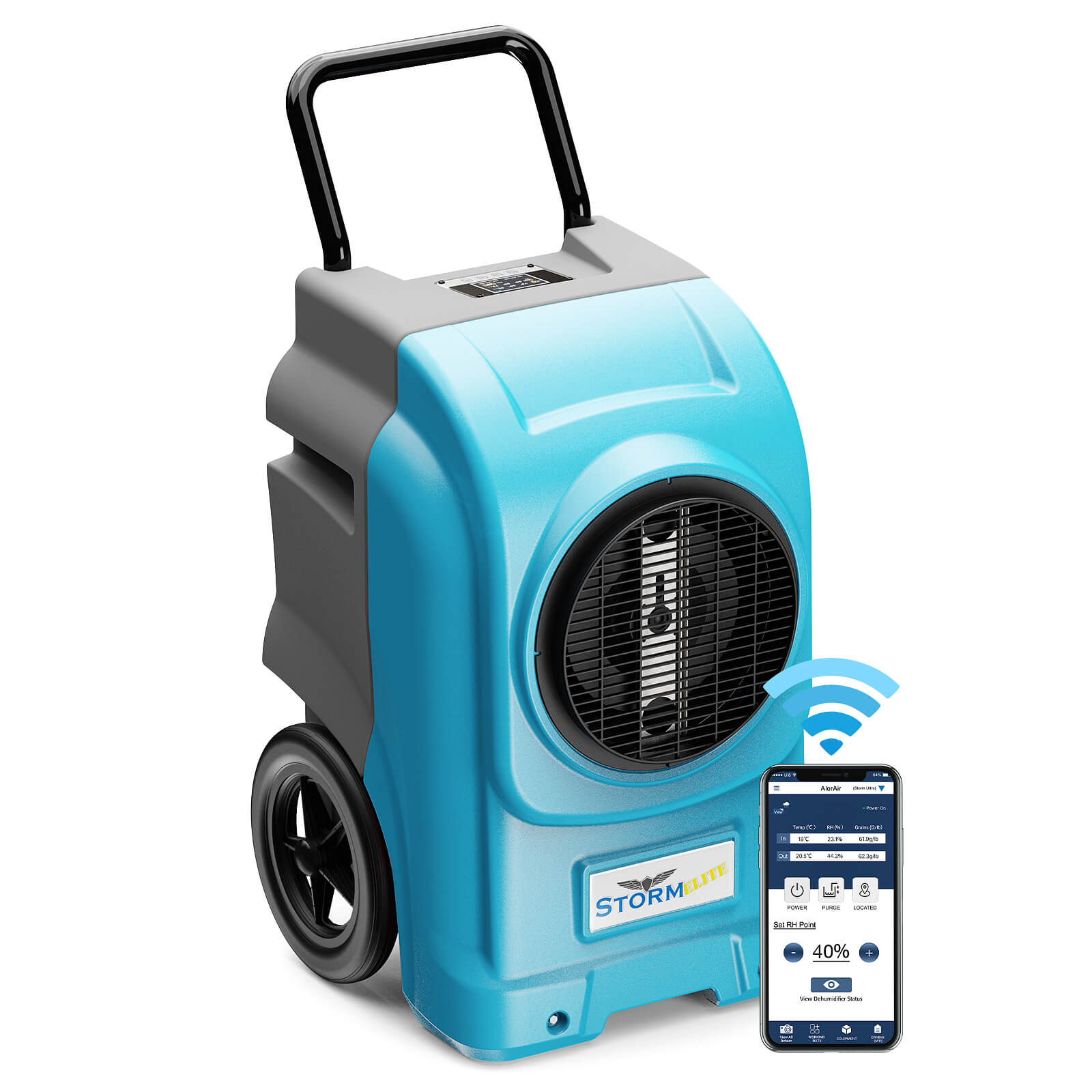

.jpg)
.jpg)
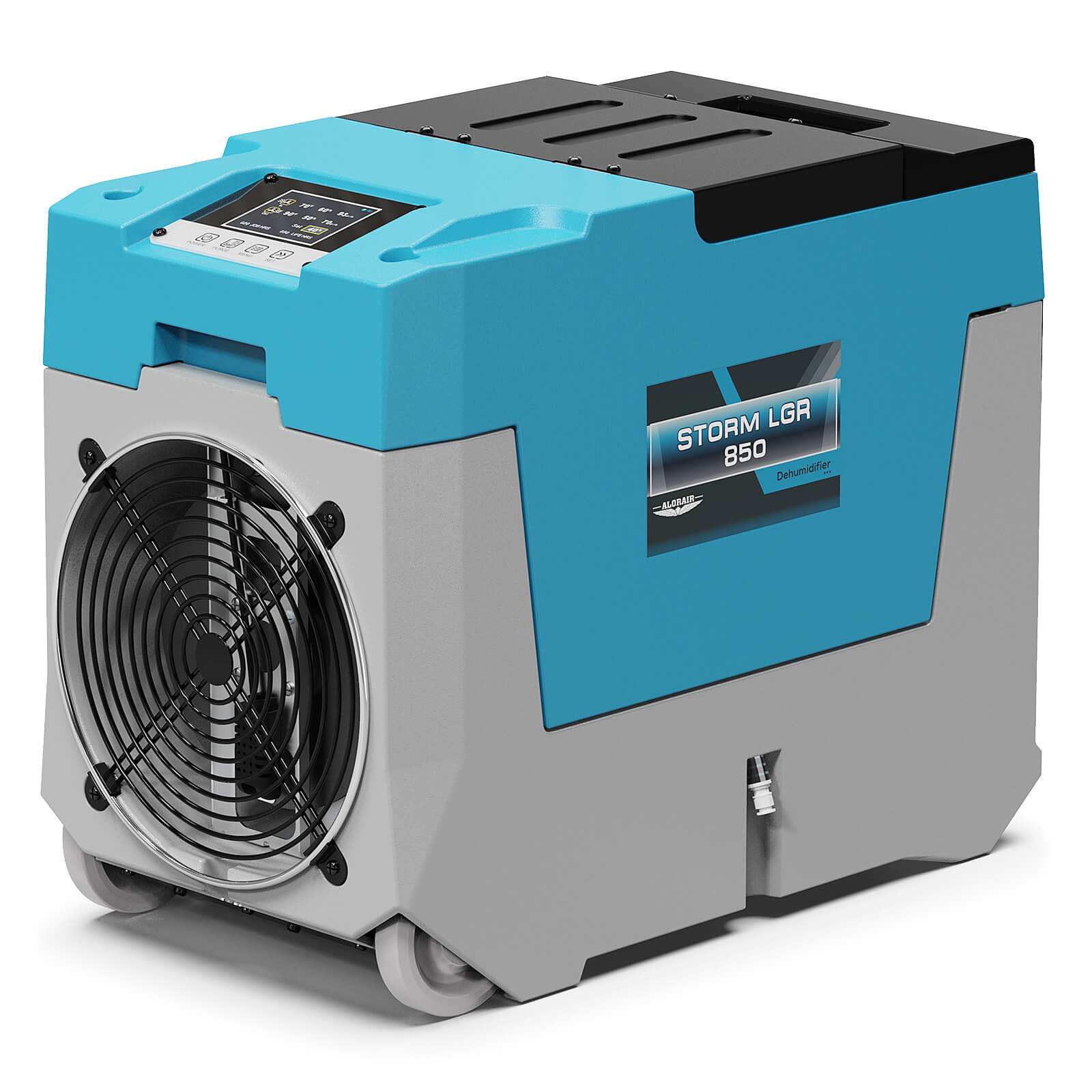

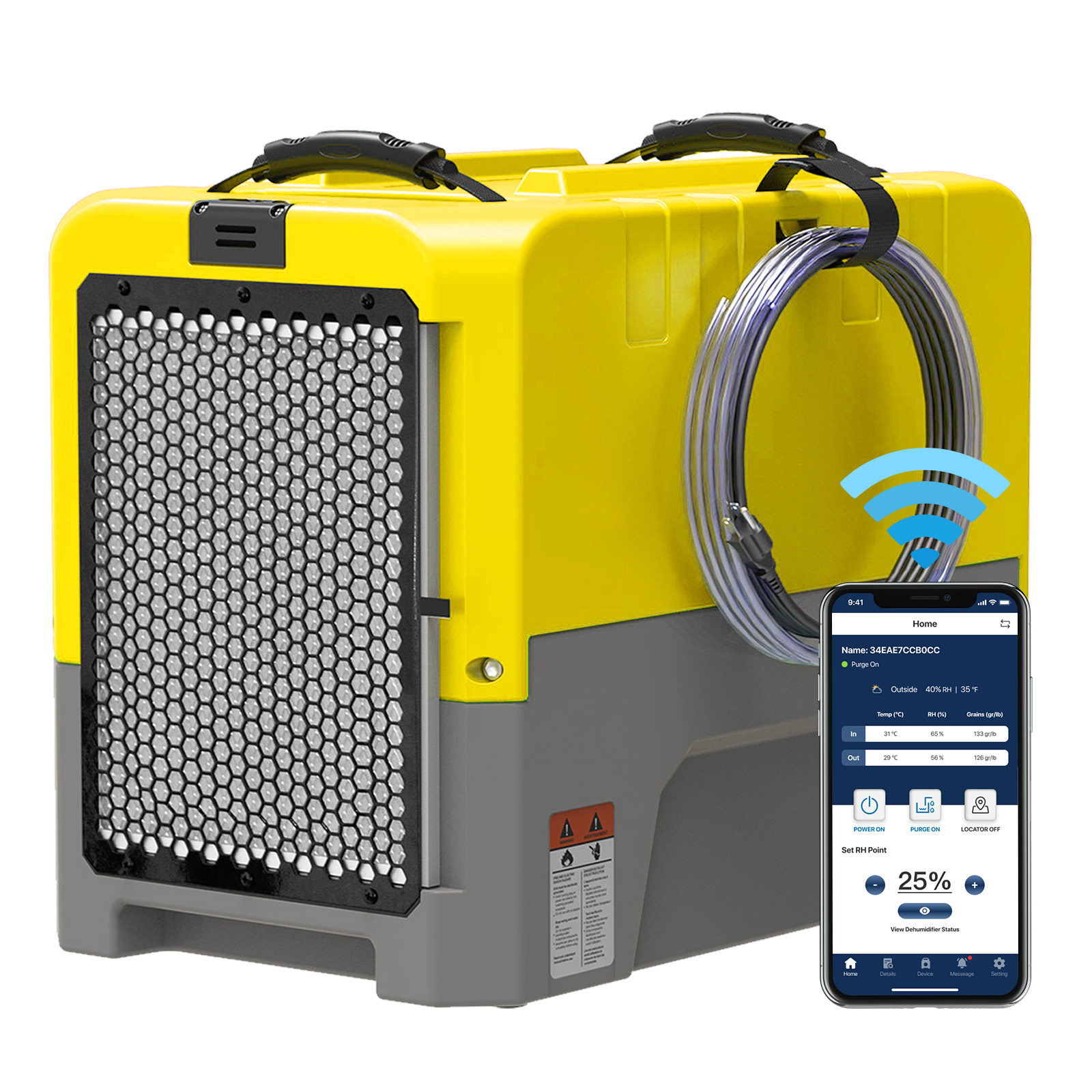








.jpg)
.jpg)








.jpg)
.jpg)










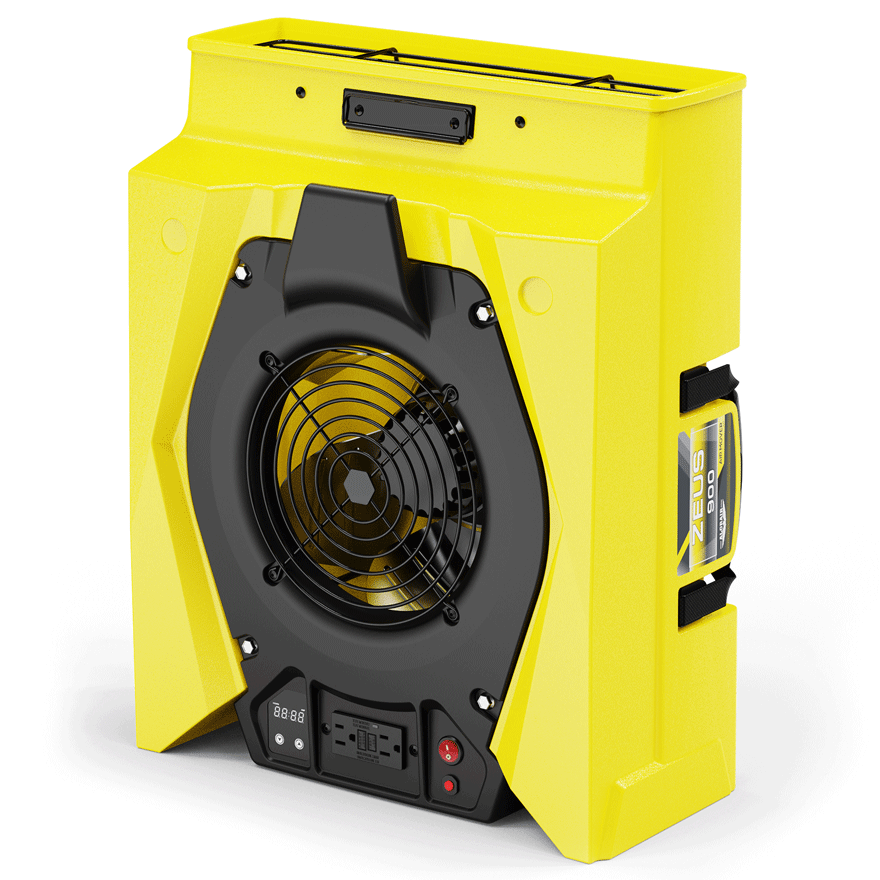
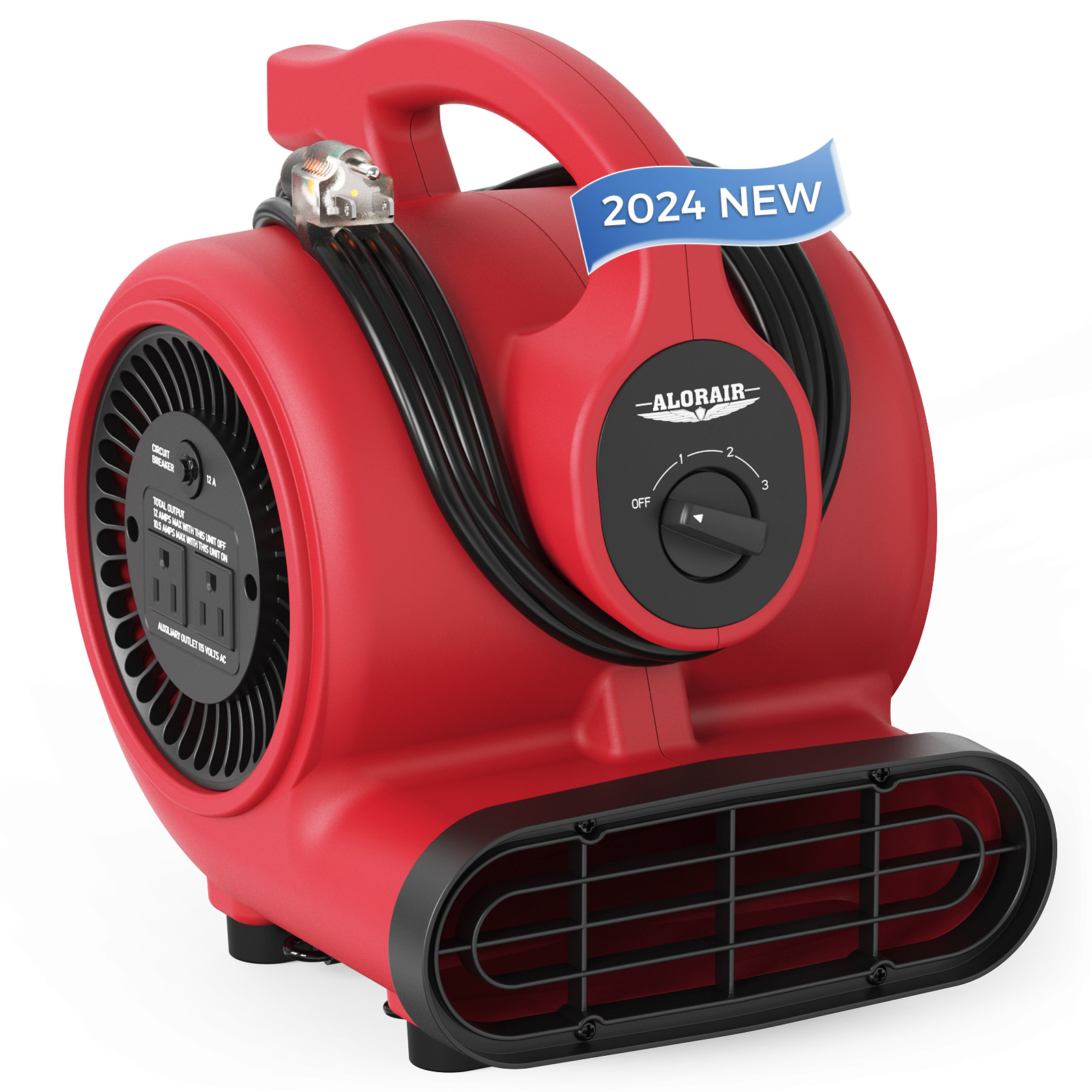
.jpg)
.jpg)
.jpg)
.jpg)
.jpg)
.jpg)
.jpg)
.jpg)
.jpg)
.jpg)
.jpg)
.jpg)
.jpg)
.jpg)





.jpg)
.jpg)
















-.jpg)
.jpg)

.jpg)
.jpg)



























 Exclusive offers
promotions
Exclusive offers
promotions

